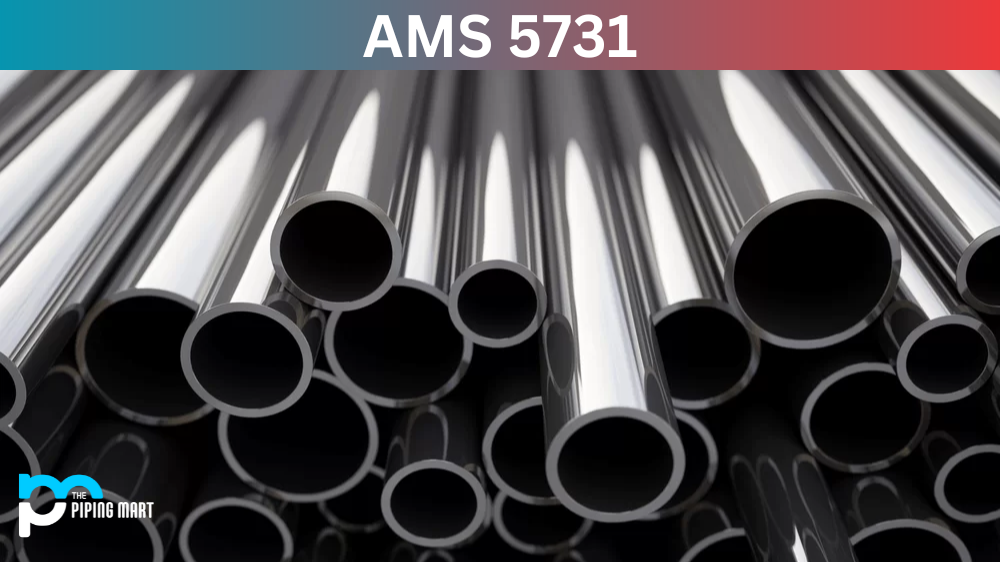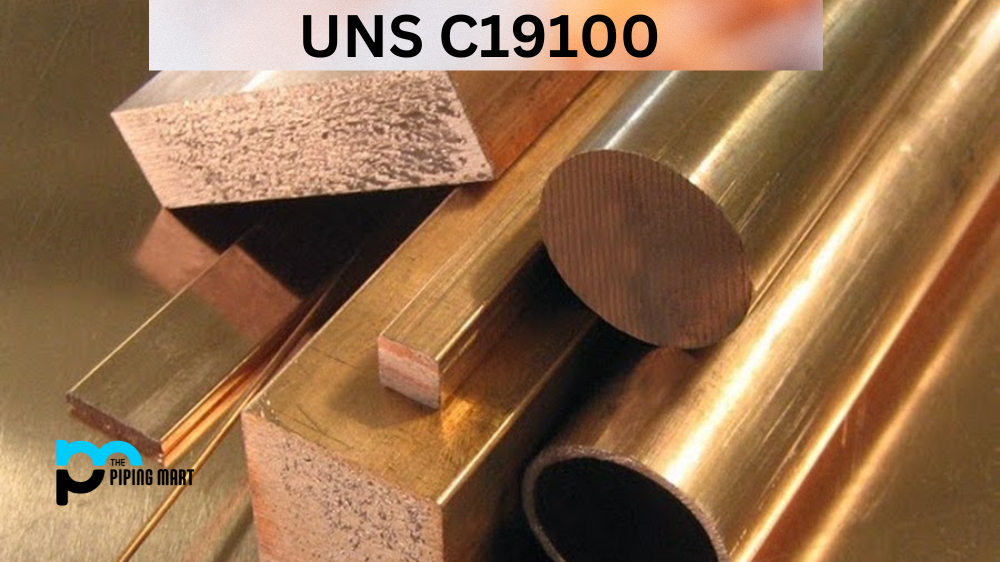When choosing a suitable material for manufacturing or construction purposes, brass is a popular choice that offers desirable traits such as excellent corrosion resistance, high tensile strength, and beautiful aesthetics, among others. One type of brass that stands out in the engineering industry is c46600 brass, which is known for its exceptional mechanical properties and physical endurance. In this blog post, we will delve into what c46600 brass is, its composition, physical and mechanical properties, uses heat treatment, hardness, welding, and corrosion resistance.
C46600 Brass Composition
C46600 brass is composed of 58% copper and 40% zinc, and 2% iron. Its composition contributes significantly to its physical and mechanical properties. The presence of iron enhances its tensile strength, flexibility, and corrosion resistance.
| CU | FE | PB | SN | ZN | |
| Min/Max | 59.0 – 62.0 | 0.1 | 0.2 | 0.5 – 1.0 | Rem |
| Nominals | 60.0000 | – | – | 0.7000 | 39.2000 |
C46600 Brass Physical Properties
C46600 brass has a density of 8.4g/cm3 and a freezing range of 870-900 °C. It also has excellent resistance to wear and tear, corrosion, and impacts from external forces, making it a go-to brass for manufacturing operations.
| PRODUCT PROPERTY | US CUSTOMARY | METRIC |
| Coefficient of Thermal Expansion | 11.8 ÌÎ?̴ÌÁ10-6 per oF (68-572 F) | 21.2 ÌÎ?̴ÌÁ 10 6? per ÌÎ?̴åÁC (20-300 C) |
| Density | 0.304 lb/in3 @ 68 F | 8.41 gm/cm3 @ 20 C |
| Electrical Conductivity | 26 %IACS @ 68 F | 0.152 MegaSiemens/cm @ 20 C |
| Electrical Resistivity | 39.9 ohms-cmil/ft @ 68 F | 6.63 microhm-cm @ 20 C |
| Melting Point Liquid US | 1650 F | 899 C |
| Melting Point Solid US | 1630 F | 888 C |
| Modulas of Elasticity in Tension | 15000 ksi | 103400 MPa |
| Modulas of Rigidity | 5600 ksi | 38610 MPa |
| Specific Gravity | 8.41 | 8.41 |
| Specific Heat Capacity | 0.09 Btu/lb/ÌÎ?̴åÁF @ 68 F | 377.1 J/kg ÌÎ?̴ÌÁ ÌÎ?̴åÁK at 293 K |
| Thermal Conductivity | 67.0 Btu ÌÎ?̴ÌÁ ft/(hr ÌÎ?̴ÌÁ ft2 ÌÎ?̴ÌÁÌÎ?̴åÁF) @ 68 F | 116.0 W/m ÌÎ?̴ÌÁ ÌÎ?̴åÁK at 20 C |
C46600 Brass Mechanical Properties
C46600 brass boasts high elongation and tensile strength, making it ideal for various manufacturing applications. Cold working can improve its hardness and flexibility, enhancing its performance in high-temperature and high-pressure environments.
C46600 Brass Uses
Due to its high strength, excellent conductivity, and resistance to wear and corrosion, C46600 brass is commonly used in manufacturing plumbing and pipe fittings, marine hardware, electrical components, and heat exchangers.
C46600 Brass Hardness
The hardness of C46600 brass can be improved through cold working, and in some applications, it can be soft-annealed for reduced hardness, flexibility, and high elasticity.
C46600 Brass Heat treatment
C46600 brass can be heat treated through hot working and annealing processes to enhance its flexibility and strength.
C46600 Brass Welding
When welding c46600 brass, the material must not be bent or distorted. Welding can be done using gas tungsten or metal arc welding.
C46600 Brass Corrosion Resistant
C46600 brass exhibits excellent resistance to rust and corrosion and can withstand exposure to mildly acidic and alkaline substances. It is also resistant to stress corrosion cracking, making it ideal for use in harsh environments.
Conclusion:
C46600 brass is a popular brass alloy widely used in manufacturing due to its exceptional mechanical and physical properties. It’s known for its high strength, excellent conductivity, and corrosion resistance, making it suitable for various applications. With proper heat treatment and welding techniques, C46600 brass can be tailored to meet specific manufacturing requirements. If you are in the market for a material with excellent properties and durability, you can’t go wrong with C46600 brass.

Abhishek is a seasoned blogger and industry expert, sharing his insights and knowledge on various topics. With his research, Abhishek offers valuable insights and tips for professionals and enthusiasts. Follow him for expert advice on the latest trends and developments in the metal industry.




